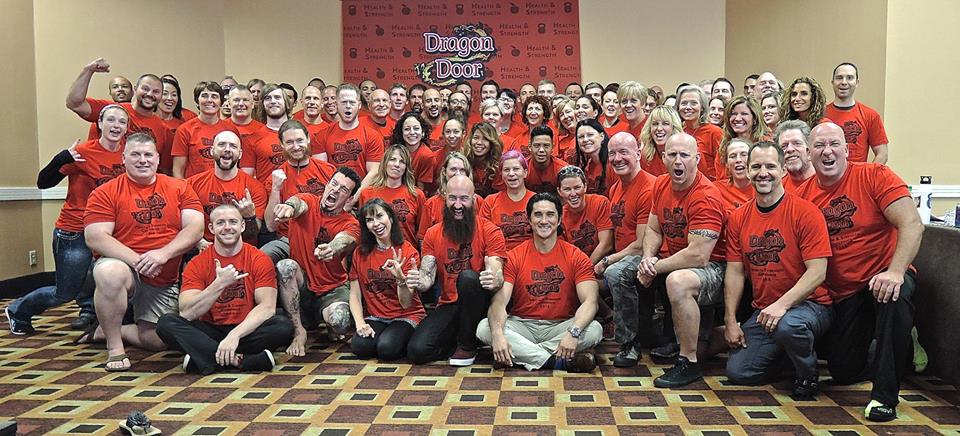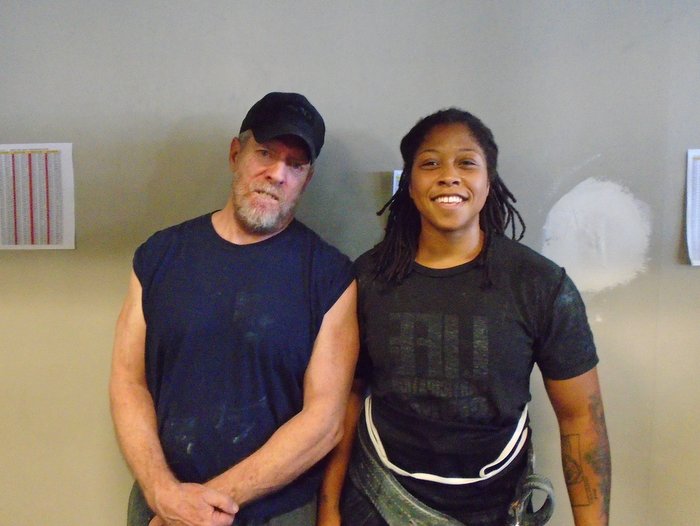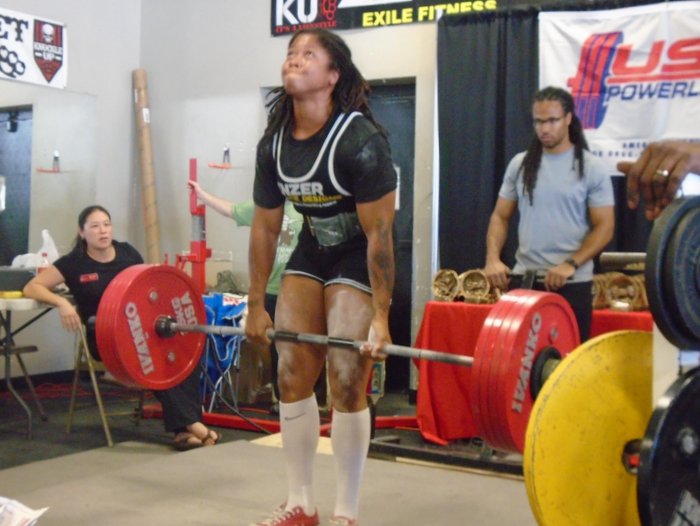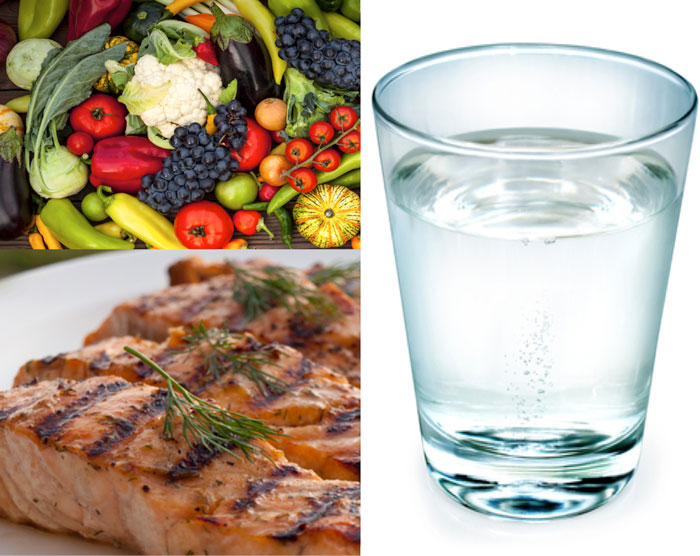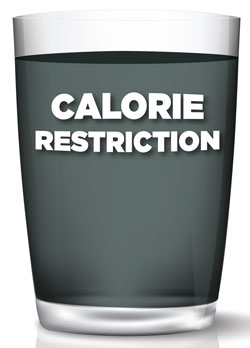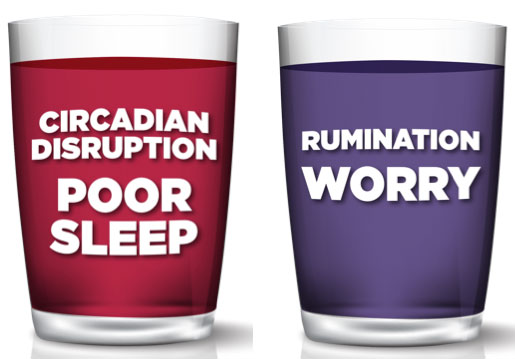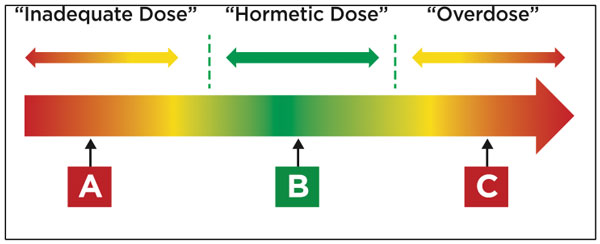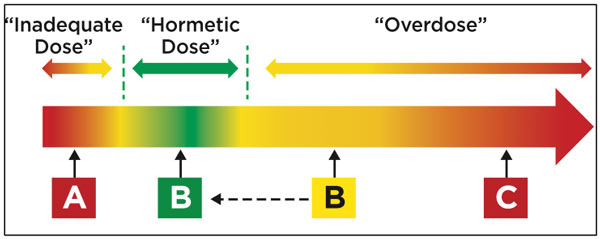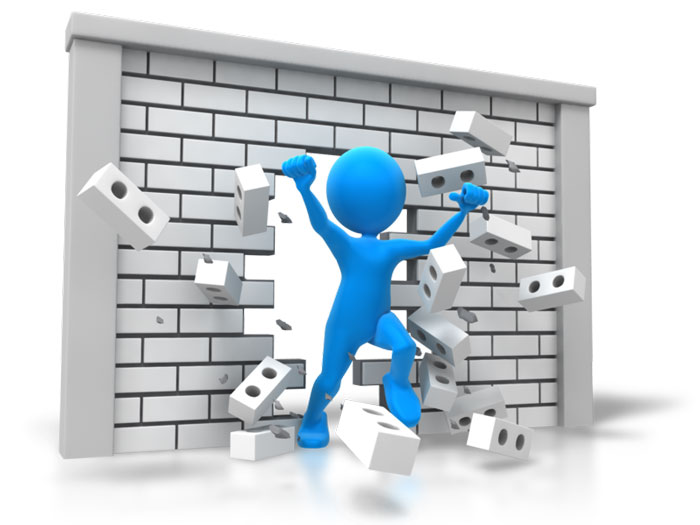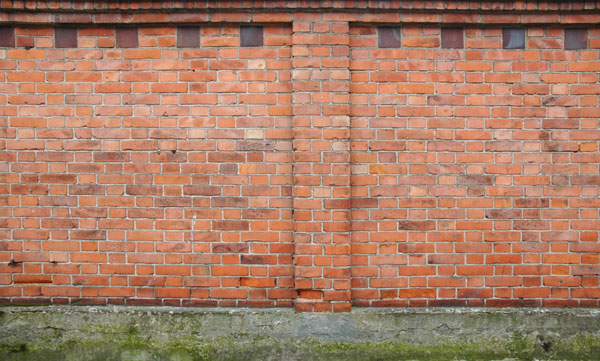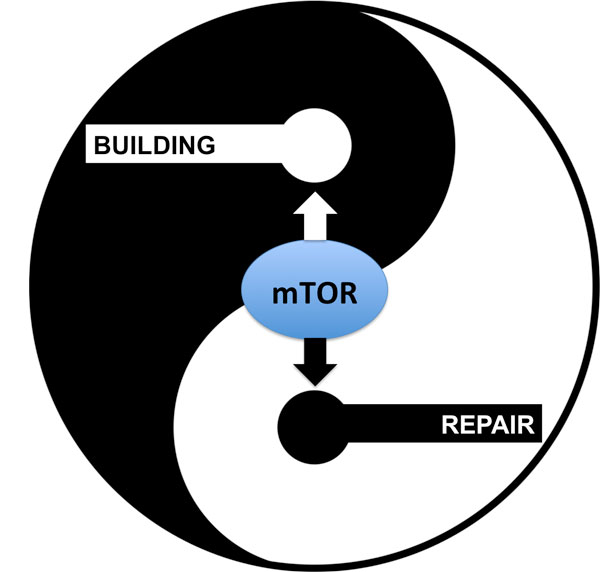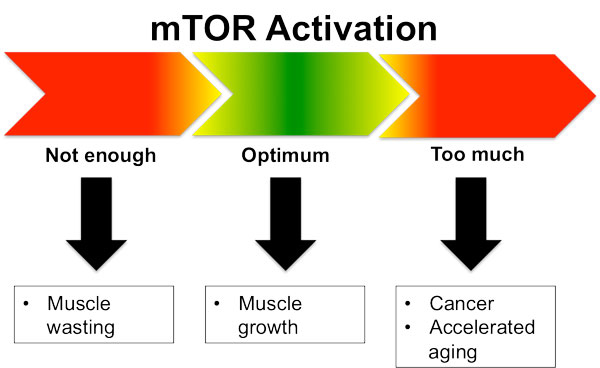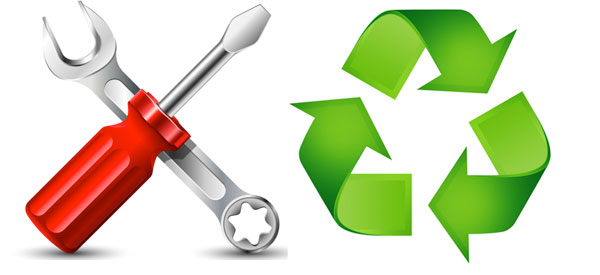
Tibetan Lama Dungse Jampol is the son of a Tibetan meditation master. At a young age he asked his father to explain to him, “What is the nature of the mind?” and “What is ‘pure existence” and what is the meaning of “enlightenment?” His father sat down and said to the boy, “Come closer.” The boy came within arms length of the father who gestured him even closer by wagging his finger. When the boy’s forehead was within six inches of the father, the elder lama unleashed a blood-curdling scream that literally sent the youngster reeling. Dungse recalled, “That scream was so loud and so intense and so unexpected that I was paralyzed; shocked, my mind was completely cleared of everything – instantly. My father excitedly said, “See! There it is! There it is!”
It is my contention that intense physical effort, the kind of effort generated during limit-exceeding weight training sessions, offers an entranceway into higher realms of consciousness. My Zen master friend, Ken O’Neil, and I have talked frequently about this phenomenon at length and in depth. I have long sought out others that have experienced this Iron Satori in my ongoing effort to bring attention to this rarified and refined quality of consciousness attained during “Iron Zazen.”
Exercise-induced altered consciousness, or, alternatively and more poetically, The Zen of Pure Physical Effort, is a higher awareness induced by intense physical exercise. Superhuman effort opens the “heavy door with rusted hinges.”
I have been a hardcore weight trainer for 54 years and a meditator for 43 years. Nietzsche once noted “true greatness requires long obedience in the same direction.” To which I would add, over time and with continual repetition the ability to enter into exercise-induced altered states of consciousness becomes easier. The longer and more often the athlete enters these zones of heightened sensory awareness, the deeper the experience becomes and the easier it is accessed: vividness and clarity magnify with repeated visitations.
The exercise-induced altered mindset offers a “shortcut” method, a meditational way in which to fold inner space.
We can jump the beginning meditator ahead; throw them into the deep end of the pool, metaphorically speaking, through the precise application of Iron Zen. Intense physical effort shortens the meditation learning curve, depositing the Iron Zen adherent into an advanced state-of-being. Entry is dependent on the quality of the individual workout: if the effort is deep enough, sincere enough, intense enough, Huxley’s Doors of Perception swing open and the exerciser is predictably enveloped in blissful state of exercise-induced nirvana.
Conscious thought is the enemy, the destroyer of optimal human performance. The elite athlete understands this fact: they embrace and inhabit a wordless state that characterizes optimal human performance. Intense physical effort attacks the human body on a variety of fronts in a variety of ways: we self-inflict body trauma in order to induce beneficial stresses. The optimal workout creates stress. The poison is in the dose.
Our subtle task is to create sufficient stress to invoke the adaptive response–this in order to reap all the considerable benefit associated with expertly applied progressive resistance training. Too little self-induced stress and nothing of any physical or psychological consequence occur. What are the stress categories?
- Mental stress
- Hormonal stress
- Central nervous system stress
- Muscular stress
- Internal organ stress
How do we create beneficial stresses and not overdo or under-do the dose?
The requisite stress dose appears when we approach, equal or exceed some measure, some current performance benchmark. Hypertrophy, strength, power and exercise-induced satori do not and cannot appear or occur in response to sub-maximal effort. Pushing up to or past capacity–in some way, shape or form–is what triggers all the good stuff.
The elite athlete is able to will his body to perform past its realistic capacity. This ability is one of the contributing factors to why the elite are the elite. At the highest levels of athletics, regardless the sport, everyone has the genetics and everyone has the work ethic, everyone is fast, everyone is strong and agile–so what separates 1st form 5th place?
In most cases superior or inferior placing correlates to the mental attributes (or lack there of) of the athlete. Some athletes are natural competitors and rise to the competitive occasion while others shrink and fall apart at the actual competition.
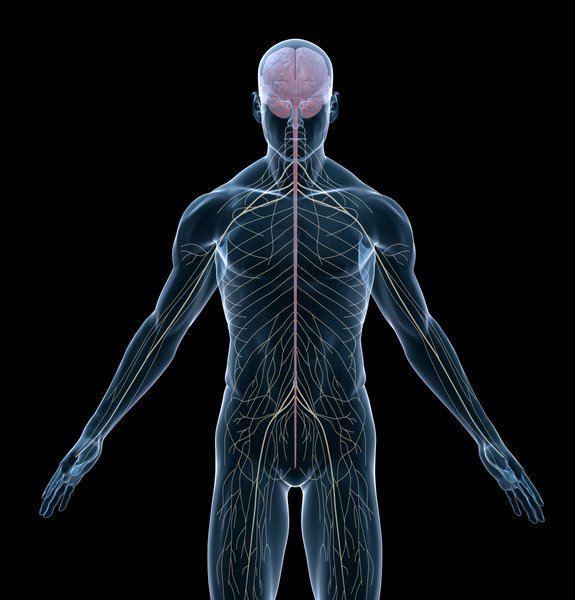
The elite athlete is willfully able to invoke the primordial fight-or-flight response, the necessary precursor to extraordinary effort. Successfully triggering the flight-or-flight response sets in motion everything of benefit that follows. How does one “artificially” invoke fight-or-flight? They create a system of psych.
Successful superhuman effort requires a singularity of mind. A person does not casually exert superhuman effort.
Elite athletes develop individualized mental methods by which they psych themselves up in order to achieve superhuman levels of performance. Athletes do not care one wit about attaining higher levels of consciousness; elite athletes only care about improved performance. An experienced, mature, seasoned athlete uses a highly developed psych designed to elevate the quality of the individual workout and elevate performance in actual competitions.
Recalibrating the mind is the necessary precursor to elevating performance. The “Psych” is a conscious, willful act. The athlete executes a mental checklist that they have developed over time. They recalibrate their mindset to prepare for the training session. Once the actual training session is underway, a highly individualized psych-up routine is used repeatedly in each exercise, drill or protocol.
By consciously focusing, concentrating and using tunnel-vision focus, the seasoned athlete optimizes their capacities and abilities. This singularity of purpose improves the quality of, and results derived from, the workout. The key to continual improvement is being able to string together long series of quality workouts, like pearls strung together on a necklace strand.
***
Marty Gallagher is the author of Strong Medicine, The Purposeful Primitive and Coan: The Man, The Myth, The Method. Gallagher coached the United States team that won the IPF powerlifting world team title in 1991. He is a 6-time national masters champion and national record holder. He was the IFF world master powerlifting champion in 1992. He currently works with elite athletes, spec ops military and governmental agencies.

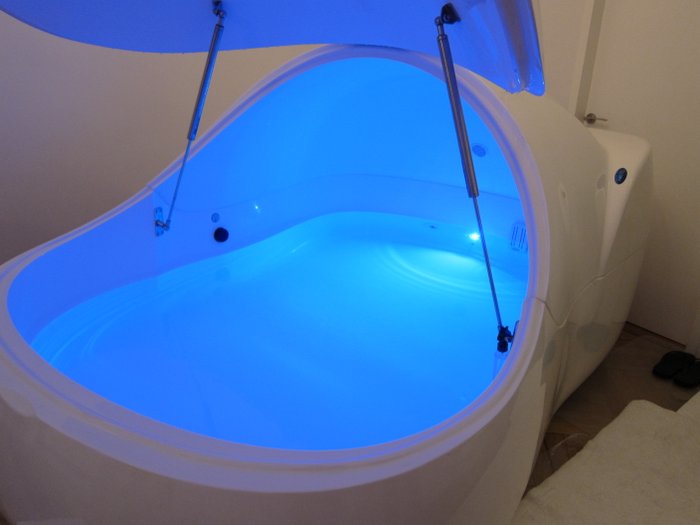
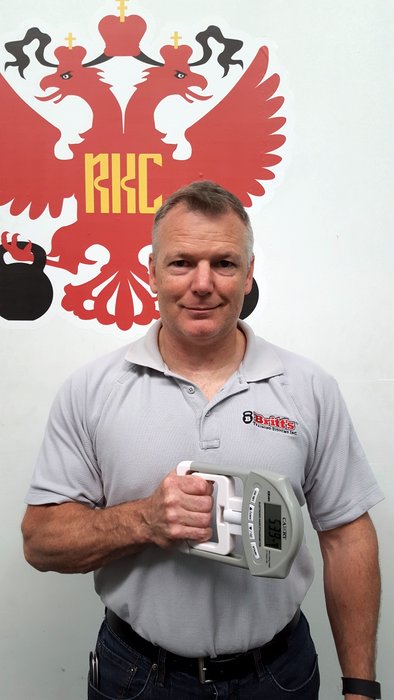
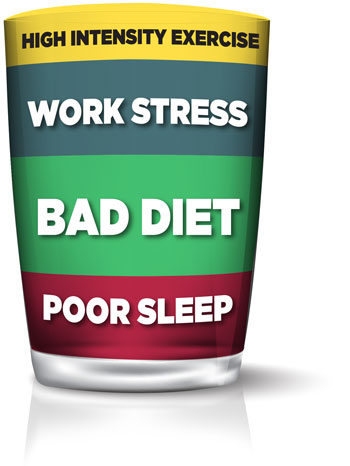 Dr. Hardy mentioned grip strength as a possible tool to measure the stress cup on a daily basis. There are studies that have shown that a decrease in grip strength is correlated with strokes, heart attacks and overall longevity—it made sense that it would also be an indicator of Central Nervous System health. I also liked the fact that it was a quick and easy check that I could do daily before I trained.
Dr. Hardy mentioned grip strength as a possible tool to measure the stress cup on a daily basis. There are studies that have shown that a decrease in grip strength is correlated with strokes, heart attacks and overall longevity—it made sense that it would also be an indicator of Central Nervous System health. I also liked the fact that it was a quick and easy check that I could do daily before I trained.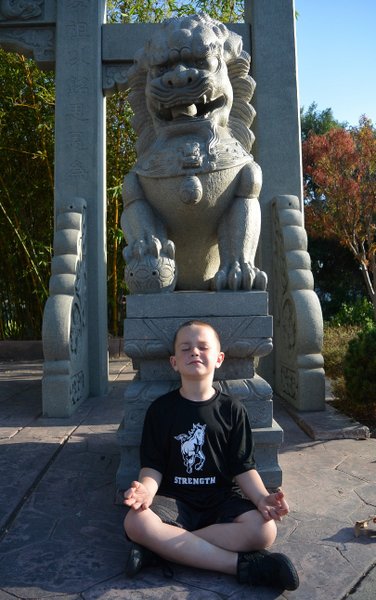
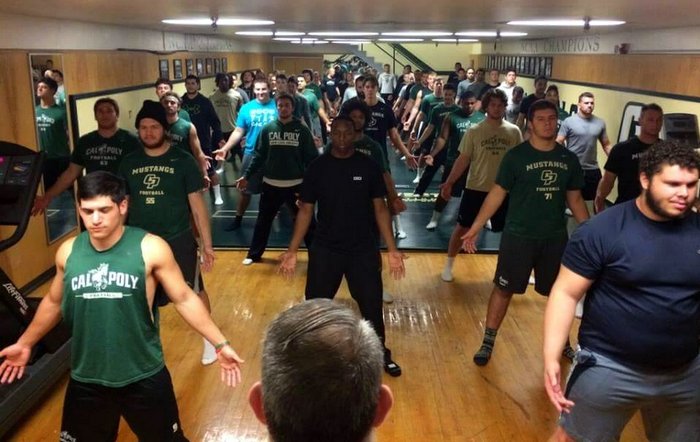
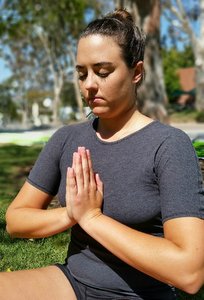 Traditional Chinese Medicine (TCM) is broken into four primary practices: Qigong (where my expertise resides); herbal medicine; acupuncture; and massage. Due to some feathers I have ruffled, I will qualify all of my medical knowledge to be isolated to the Qigong perspective only. I have done the herbs and the medical massage, and since I am not licensed to needle anyone, I have no experience with acupuncture from the provider’s vantage point. Lucky for you, the Qigong is not only the most interesting of the four, but also considered to be the mother of the other three, philosophically.
Traditional Chinese Medicine (TCM) is broken into four primary practices: Qigong (where my expertise resides); herbal medicine; acupuncture; and massage. Due to some feathers I have ruffled, I will qualify all of my medical knowledge to be isolated to the Qigong perspective only. I have done the herbs and the medical massage, and since I am not licensed to needle anyone, I have no experience with acupuncture from the provider’s vantage point. Lucky for you, the Qigong is not only the most interesting of the four, but also considered to be the mother of the other three, philosophically.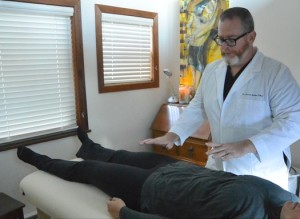
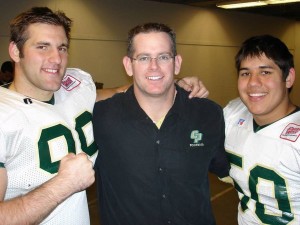 Chris Holder comes to the
Chris Holder comes to the 
